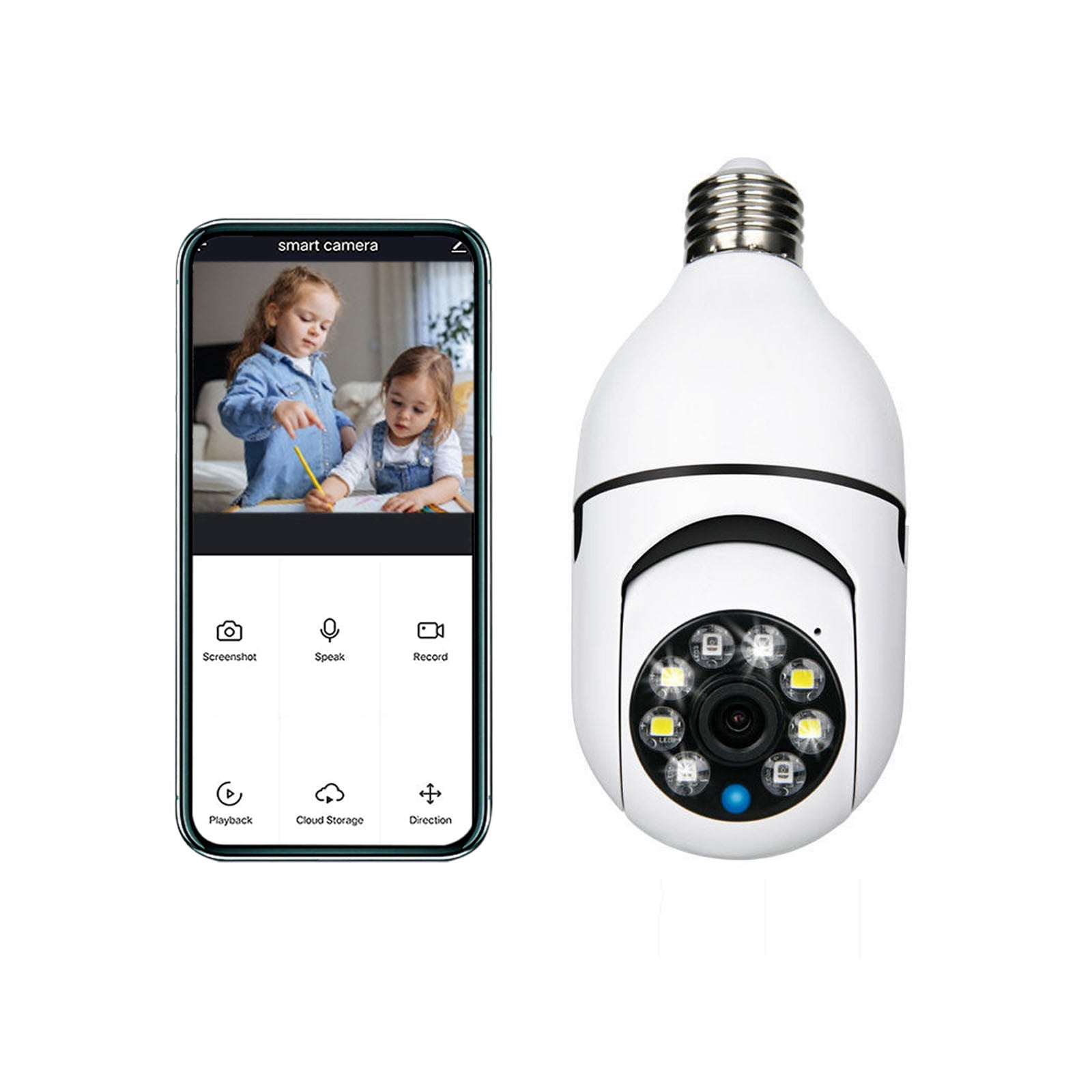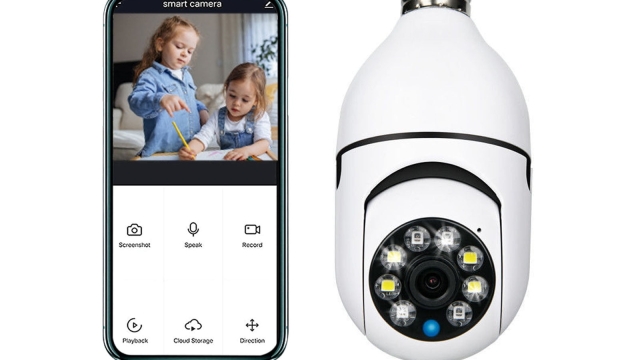
In today’s fast-paced world, the need for safety and security has never been more paramount. With the increasing incidents of crime and the unpredictability of everyday life, more individuals and businesses are turning to technology for reassurance. Security cameras have emerged as silent guardians, watching over our homes, workplaces, and public spaces, providing a sense of safety that transcends the constraints of human vigilance.
These unobtrusive devices play a critical role in crime prevention and resolution, enhancing our peace of mind while we go about our daily activities. Whether installed in residential neighborhoods, retail establishments, or bustling city streets, security cameras act as vigilant observers, capturing what unfolds and creating a deterrent effect against potential wrongdoers. As we explore the multifaceted benefits of these technological sentinels, it becomes clear that they are more than just cameras; they are the eyes everywhere, constantly working to protect us all.
The Technology Behind Security Cameras
Security cameras have evolved significantly over the years, driven by advancements in technology. At the heart of modern security cameras lies a combination of lenses, sensors, and image processing software. Lenses focus light onto the camera’s sensor, which converts the light into electrical signals. These signals are then processed to create clear images, whether in daylight or low-light conditions. High-resolution sensors allow for greater detail, making it possible to identify faces and license plates from a distance.
The integration of digital technology has further enhanced the functionality of security cameras. Many cameras now use digital video technology, allowing for real-time streaming and recording. This is complemented by wireless connectivity, enabling users to access live feeds through smartphones and computers. Cloud storage has also become popular, allowing for remote access to recorded footage, which is essential for both convenience and security.
Moreover, the rise of smart cameras has brought features such as motion detection and facial recognition. These cameras can differentiate between normal activity and potential threats, sending alerts to users when unusual activity is detected. The incorporation of artificial intelligence into security cameras enhances their ability to learn and adapt to their environment, making them even more effective guardians of our safety.
Impact on Crime Prevention
The presence of security cameras in various environments has shown a significant impact on crime prevention. Studies have indicated that when people know they are being watched, they are less likely to engage in criminal behavior. This deterrent effect can lower the incidence of vandalism, theft, and other offenses in areas with high visibility of surveillance technology. As a result, neighborhoods and businesses that implement security camera systems often report a decrease in crime rates.
Moreover, security cameras can provide valuable evidence in the event of a crime, aiding law enforcement in solving cases more efficiently. Footage captured during incidents can help identify suspects, document illegal activities, and serve as crucial evidence in court proceedings. This capability not only assists in bringing criminals to justice but also fosters a sense of community safety, knowing that there is a system in place to monitor and address potential threats.
Security Camera Installation
Furthermore, the installation of security cameras can enhance overall public safety by monitoring high-traffic areas and vulnerable spots, such as parking lots, parks, and public transportation stations. These cameras not only dissuade criminal activity but also allow for quicker response times during emergencies. In essence, the strategic placement of security cameras can create a more secure environment, reinforcing the perception that safety measures are actively in place to protect individuals and property.
Privacy Concerns and Ethical Considerations
As the prevalence of security cameras continues to rise, so too do concerns about privacy. Individuals often feel uneasy knowing they are being constantly monitored, leading to a sense of being in an environment where their movements are recorded. This omnipresence of cameras raises valid questions about the balance between safety and the right to privacy. Many people argue that they should have a say in whether they are being watched, especially in public spaces where they might expect a level of anonymity.
Furthermore, the ethical implications of surveillance technology extend beyond individual privacy. There is a growing concern about the misuse of footage collected by security cameras. Instances of data leaks or the unauthorized sharing of video have raised alarms about who has access to this sensitive information and how it might be manipulated. The potential for discrimination and profiling based on observed behaviors also poses a significant ethical dilemma, as vulnerable populations may face increased scrutiny and targeting.
To navigate these challenges, it is essential for municipalities and private entities to establish clear policies governing the use of security cameras. Transparency about where cameras are located, how data is stored, and who can access it is crucial in fostering public trust. By addressing privacy concerns with thoughtful regulations and ensuring ethical standards are upheld, society can reap the benefits of security cameras while protecting individual rights.

